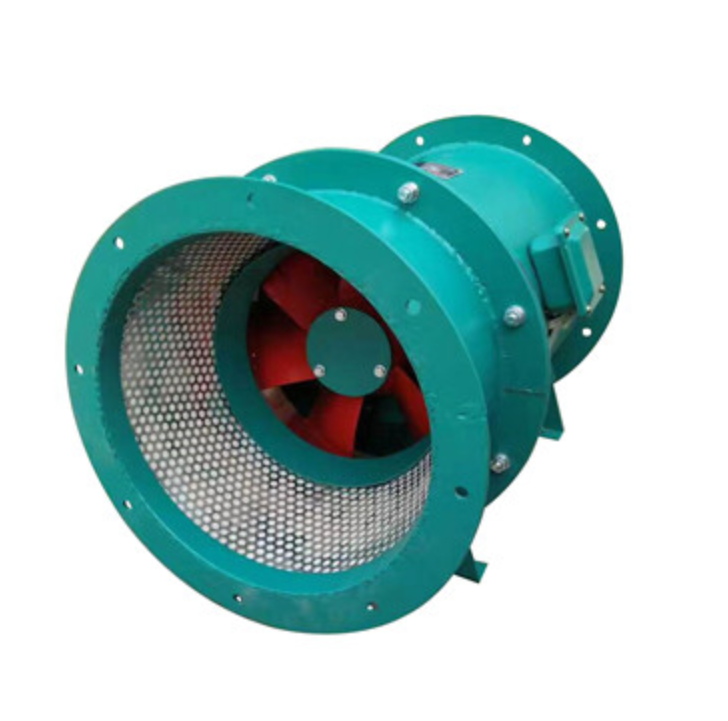
High quality mixed flow fans features both axial and centrifugal fans, providing unmatched air movement. They create high flow rates at moderate pressure, making them useful for many different purposes. These fans are constructed using high quality parts, dependable motors, and capable impellers which ensure effective operation. Their accurately crafted blades control the air flow patterns for optimal efficiency and reduced energy consumption. They guarantee dependability for ventilation and cooling in various industrial processes.
